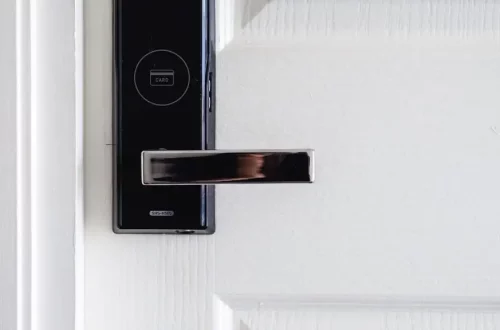Buying a home with your partner is very common. In fact, in 2021, more than 210,000 joint mortgages were signed. However, it’s also an important step in a relationship. If you’re unsure whether to sign a joint mortgage or not, stay until the end of this blog, where we’ll explain all its advantages and disadvantages.
What is a joint mortgage?
In a joint mortgage, there are two holders listed as property owners. Signing a mortgage with only one holder is uncommon, as it requires a large amount of money, which is difficult for one person to manage alone.
Moreover, banks are more inclined to accept this type of mortgage loan, as having two holders is considered to reduce the financial risk, since a couple offers greater stability and solvency.
When opting for a joint mortgage, it’s important to keep in mind that each of the holders assumes a percentage of the established payment. However, in case of non-payment, both owners are responsible for the entire debt.
Who can apply for a joint loan?
In the past, only married couples could obtain a joint mortgage. However, nowadays, these types of loans are also granted to unmarried individuals, such as parents and children, siblings, people who have children together, or couples in common-law relationships.
Advantages of a Joint Mortgage
Signing a joint mortgage has several advantages compared to doing it alone. The main benefits are:
- More security: With two holders, there is more security when it comes to making payments in case of any unforeseen events. Therefore, thanks to the income of the other person, there will be no problem in paying the mortgage installment, which means that the risk of non-payment is lower.
- Greater ease of access to the mortgage: As mentioned earlier, banks are more willing to grant a mortgage to two members, as this usually indicates greater financial solvency.
- Higher borrowing capacity: Since the couple’s combined income is higher than that of an individual, the amount of money that can be allocated to mortgage payments will also be greater. This translates to being able to access larger loans.
Note: Typically, the maximum mortgage installment amount cannot exceed 35% of the income. If the income is higher, the installment can also be higher, allowing the mortgage to be paid off sooner.
Disadvantages of a Joint Mortgage
At first glance, a joint mortgage has many positive aspects, as we’ve seen. However, disadvantages may arise if the two holders separate. In that case, the disadvantages are:
- Difficulty paying the mortgage: It is highly likely that one person alone will not be able to cover the entire mortgage loan.
- Difficulty canceling the mortgage: Removing one of the holders is a complicated process, as the bank loses guarantees on the repayment of the loan.
If you find yourself in this situation, we recommend that you try to find a solution with your bank and renegotiate the mortgage terms. From that point, you have three options:
- Terminate the co-ownership: This is usually the most popular solution. In this way, one member of the couple relinquishes their share to the one who will ultimately become the sole owner of the property.
- Cancel the mortgage and sell the property: If neither holder wants or can keep the property, the simplest option is to put it up for sale, allowing you to cancel the mortgage with the proceeds.
- One holder buys the other’s share of the house: Another option is for one member to pay the other for their share of the property, thus becoming the sole owner. However, this does not always mean that the person will be exempt from paying the mortgage. If the bank deems it unfeasible for one person to cover the loan, the holder who sold their half will still be obligated to contribute to the mortgage. This is because the mortgage and the purchase are two separate legal transactions.
If you have any questions about joint mortgages and want personalized assistance, don’t hesitate to contact our advisors!






